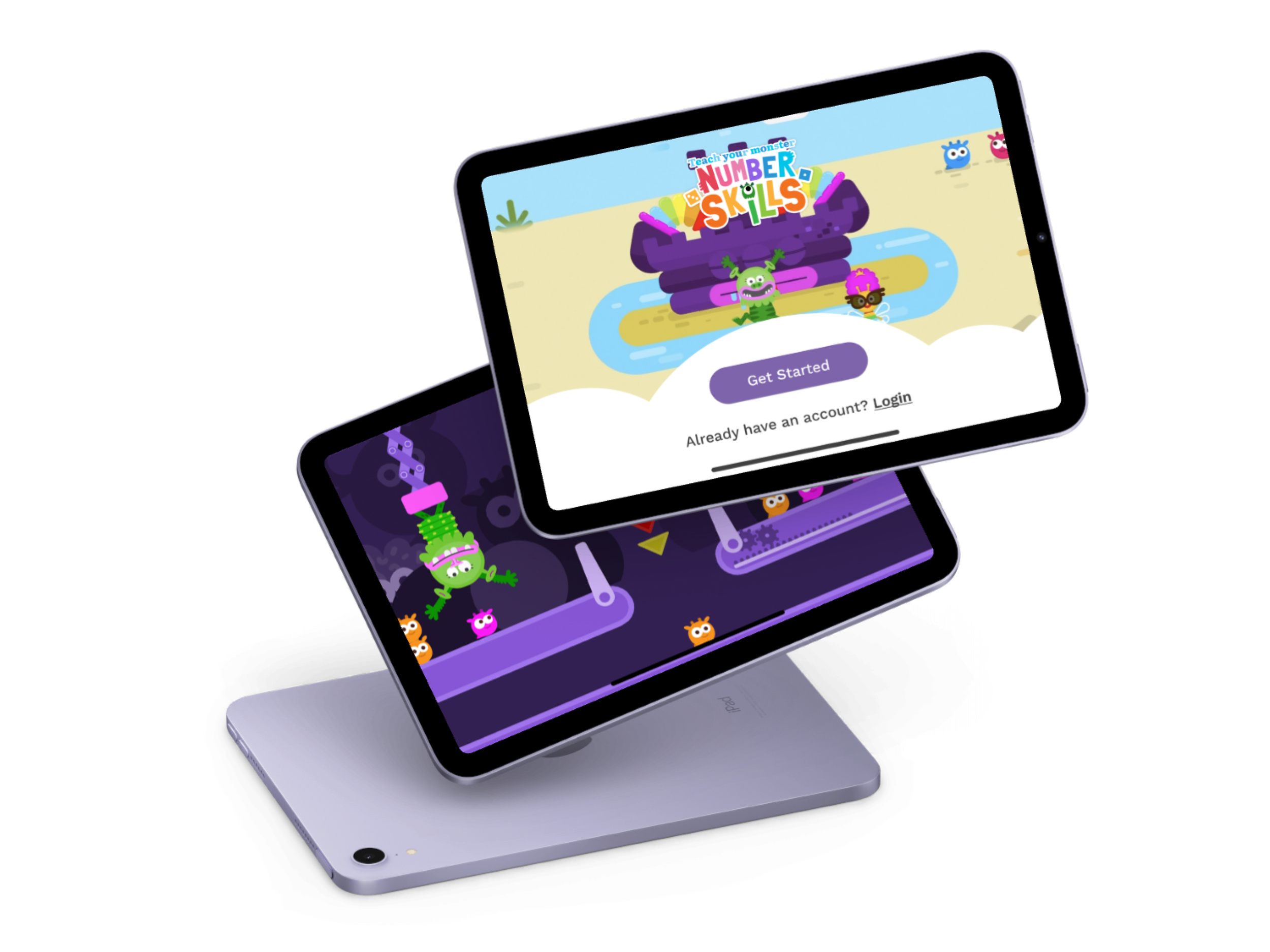Teach Your Monster
Role | UX Lead
Client | The Usborne Foundation
Team | Alice Parsons | Kay Leathers | Darren Garrett
Outcome | Supporting the organisation through a transition from a single to a multi-product organisation and being responsible for all of the adult experiences across Teach Your Monster games.
Methods | Contextual Inquiry | Lean UX | Navigation Design | Persona Development | Prototyping | Sitemap Creation | Surveys and Questionnaires | Typography and Color Guidelines | UI Kit Design | Usability Testing | User Flows | User Interviews | Wireframing | Workshop facilitation
Teach Your Monster is a non-profit organisation that creates magical, fun-filled learning games for kids. It is part of The Usborne Foundation, a charity set up by Peter Usborne CBE of Usborne Publishing to support early years learning.
Teach Your Monster's games, accessible on the web and individual apps across all mainstream platforms, are enjoyed by millions of children worldwide. They are popular not only among parents and home educators but are also used by teachers in classrooms due to their educational value.
As the UX lead, I helped facilitate the company's transition from a single-game to a multi-game enterprise. The objective was to provide an easy, accessible, and consistent user experience across multiple products and platforms. Given the nature of children's games, we needed to distinguish between child-facing and adult-facing content. To address this, my team and I developed an extensive UI kit that outlined the style and interaction design for both web and app interfaces, both in-game and out-of-game.
User research is at the heart of our work, and we engage closely with our users. Our games have undergone extensive play-testing with children in schools and at home, and we've tested our user-facing interfaces with users globally.
We utilised UserTesting for our user research, which brought numerous benefits to our design process. It allowed for remote sessions, broadening our participant reach and simplifying session management. Its features enabled us to capture and analyse user feedback, gaining insights to enhance our designs. UserTesting also promoted team collaboration, ensuring alignment towards our goal of creating a user-centered design.

